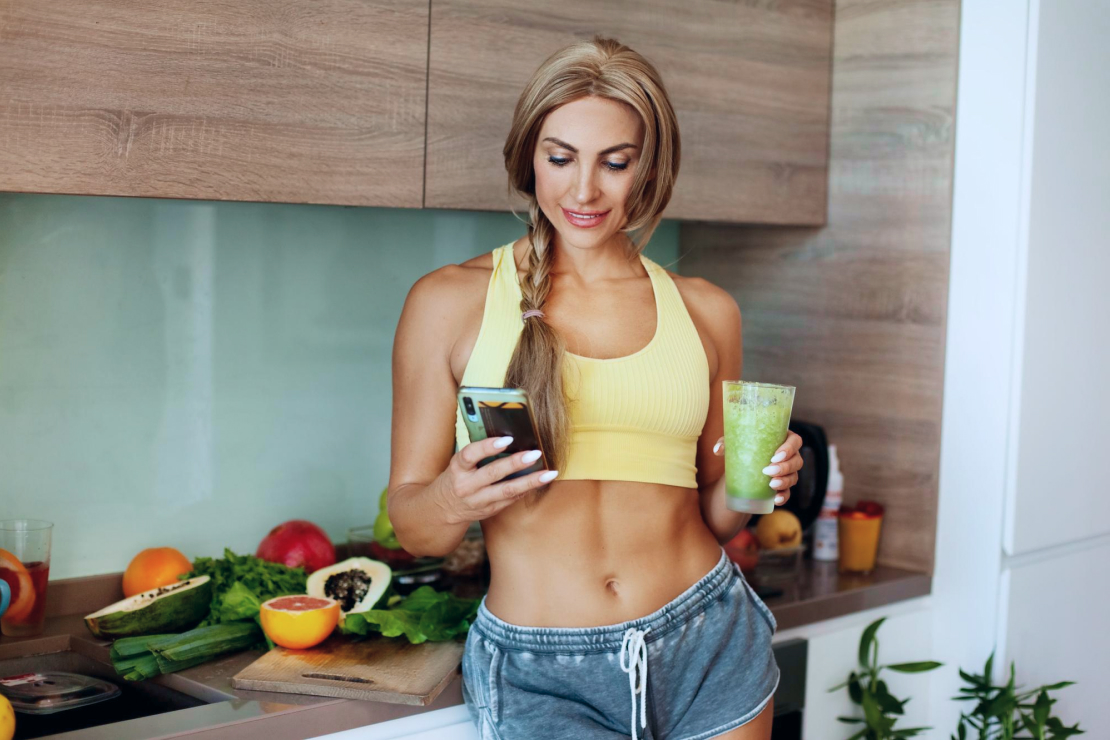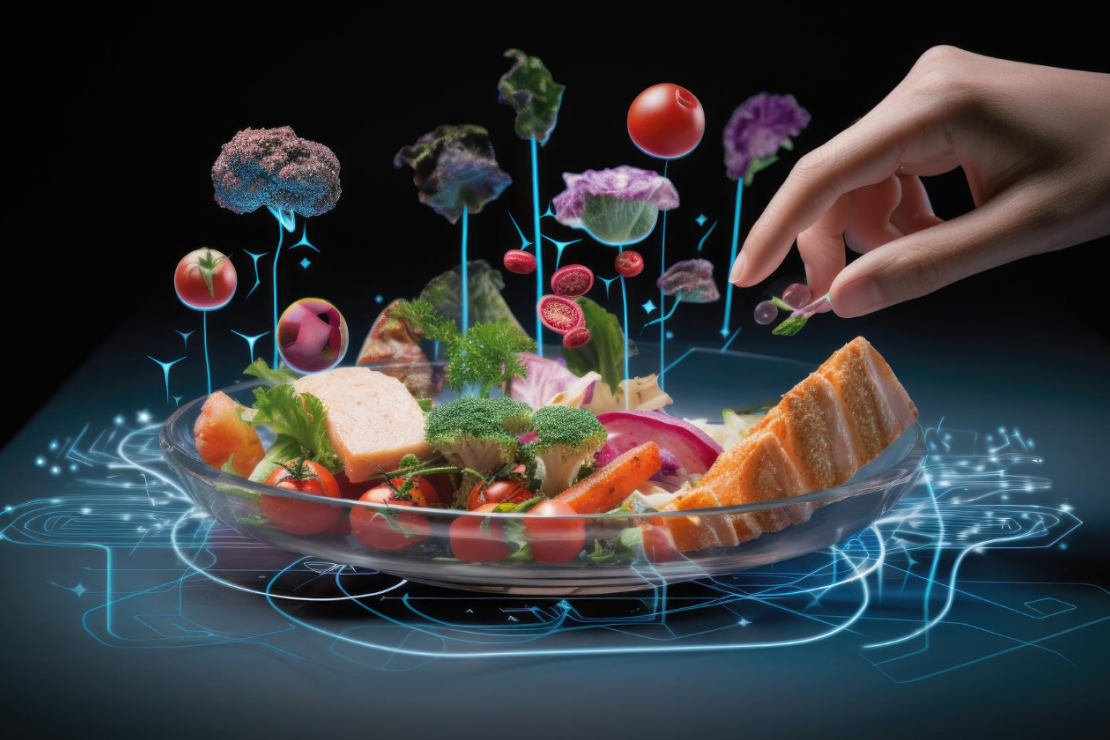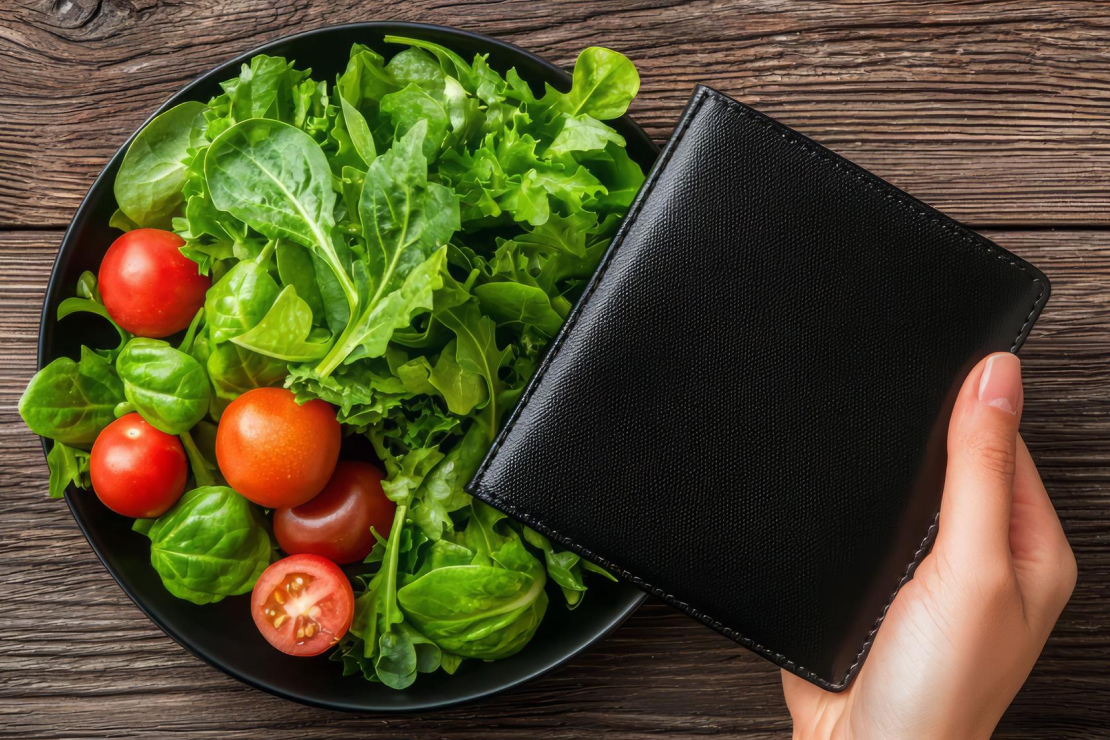How Accurate Are AI-Powered Food Trackers? What Nutritionists Think
Dive into the accuracy of AI food trackers. We explore what nutritionists really think, the technology's precision, its limitations, and how to use these tools effectively for your health goals.

Table of Content
The Rise of AI in Nutrition
Artificial intelligence is no longer a futuristic concept; it's a part of our daily lives, and nutrition is no exception. AI-powered food trackers promise to simplify the once-tedious task of calorie and macro counting. By simply snapping a photo, these apps claim to provide a detailed nutritional breakdown of your meal. But how accurate are they really? And what do the experts—nutritionists and dietitians—think about this technology? This guide delves into the capabilities, limitations, and the professional opinion on AI food trackers.
How AI Food Trackers Work
AI food trackers use a combination of complex technologies to analyze your meals:
- Computer Vision: Sophisticated algorithms identify different food items, estimate portion sizes, and even recognize cooking methods from an image.
- Machine Learning: The AI continuously learns from millions of user-submitted images and corrections, improving its accuracy over time.
- Vast Food Databases: The system cross-references recognized foods with extensive nutritional databases to provide detailed macro and micronutrient information.
The Accuracy Debate: A Nutritionist's Perspective
To get a clearer picture, we synthesized opinions from several registered dietitians and nutrition scientists. The consensus is that while AI trackers are powerful tools, they are not infallible.
| Aspect | Strengths of AI Trackers | Limitations & Concerns |
|---|---|---|
| Speed & Convenience | Logs meals in seconds, reducing the barrier to consistent tracking. | May encourage a focus on speed over mindfulness. |
| Portion Size Estimation | Surprisingly accurate for standard items, uses visual cues. | Struggles with density and hidden components. A dense brownie and a light cake of the same size have vastly different calorie counts. |
| Ingredient Identification | Excellent for whole foods and simple dishes. | Complex, mixed dishes (casseroles, stews, complex sauces) are a major challenge. Hidden fats, oils, and sugars are often missed. |
| Database Accuracy | Access to millions of food items, including branded products. | Databases can contain user-generated errors. Regional and international foods may be underrepresented. |
| Consistency | Provides objective, consistent tracking day-to-day. | Consistency depends on the user providing similar quality photos. |
Factors That Influence AI Accuracy
Nutritionists emphasize that the accuracy of an AI food tracker is not static. It depends heavily on several factors:
- Photo Quality: Clear, well-lit photos taken from above yield the best results.
- Food Complexity: The AI is most accurate with single-ingredient foods. The more complex the meal, the higher the margin of error.
- User Verification: The most crucial step. Users should always review and, if necessary, correct the AI's interpretation. The technology is a tool to assist, not replace, human oversight.
The Verdict from Nutrition Professionals
The professional consensus is optimistic but cautious. AI food trackers are seen as a significant step forward in making nutrition tracking accessible and engaging. They are particularly praised for:
- Increasing Awareness: Helping people become more mindful of what they eat.
- Improving Consistency: The ease of use encourages more consistent tracking habits.
- Educational Value: Users learn about the nutritional content of different foods.
However, nutritionists stress that these tools should be used as a guide, not as a definitive source of truth. They are a starting point for a conversation about nutrition, not the final word.
How to Use AI Food Trackers Effectively
To get the most out of an AI food tracker, follow these expert-recommended best practices:
- Be a Good Photographer: Ensure your meal is well-lit and all components are visible.
- Review and Refine: Always check the AI's analysis. Correct food items and adjust portion sizes as needed. Pay special attention to oils, sauces, and dressings.
- Focus on Trends, Not Perfection: Use the tracker to understand your overall patterns. Don't get bogged down by a few calories here or there. The goal is long-term consistency.
- Combine with Professional Advice: Use the data from your tracker as a basis for discussions with a registered dietitian or nutritionist for truly personalized advice.
Frequently Asked Questions
Can AI trackers measure hidden ingredients like oil or sugar?
This is a primary limitation. AI cannot "see" the amount of oil used to cook vegetables or the sugar in a sauce. It relies on database averages for a given dish. This is why user verification and manual adjustment for such ingredients are crucial for accuracy.
Are AI food trackers better than manual logging?
For speed and convenience, yes. For accuracy, it depends on the user. A diligent manual logger might be more accurate for complex homemade meals. However, for most people, the consistency gained from the ease of AI tracking outweighs the potential for minor inaccuracies.
Can these apps help with specific diets like keto or vegan?
Yes, many advanced AI trackers can be configured for specific dietary plans. They can help you monitor your macro ratios for keto or ensure you're getting enough protein and essential micronutrients on a vegan diet.
"AI food trackers are powerful allies in the journey to better health. They are not a replacement for nutritional knowledge or professional guidance, but a tool that empowers individuals to make more informed choices, one meal at a time."
Start Your Health Journey Today
Download Macro Tracking AI and take control of your nutrition with the power of artificial intelligence.
Download on App Store

